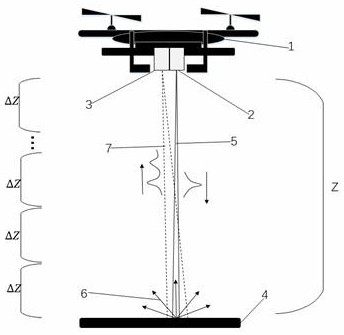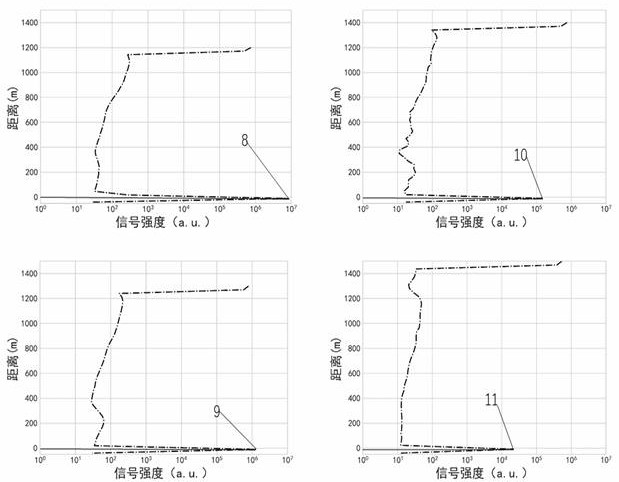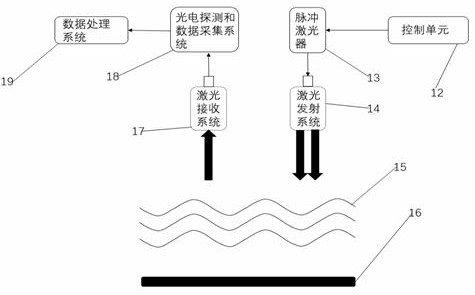Aerosol extinction coefficient inversion method based on unmanned aerial vehicle atmospheric laser radar
A technology of laser radar and extinction coefficient, which is applied in radio wave measurement system, climate sustainability, reradiation of electromagnetic waves, etc., can solve problems such as inversion error and inaccurate parameter values, achieve accurate results and simplify the inversion process , the effect of improving the accuracy of the results
- Summary
- Abstract
- Description
- Claims
- Application Information
AI Technical Summary
Problems solved by technology
Method used
Image
Examples
Embodiment Construction
[0012] The purpose of the present invention is to provide an aerosol extinction coefficient inversion method based on UAV atmospheric lidar to solve technical problems in related fields.
[0013] The detection principle of the aerosol extinction coefficient inversion method based on the UAV atmospheric lidar of the present invention is as follows: figure 1 shown. The atmospheric lidar transmitting unit (2) includes: a control unit, a pulse laser and a laser emitting system, and the atmospheric lidar receiving unit (3) includes: a laser receiving system, a photoelectric detection and data acquisition system, and a data processing system. is the rising height of n segments In sum, the atmospheric lidar is mounted on the UAV (1), and the diffuse reflector (4) is placed on the ground target position. Aim at the diffuse reflector (4) at the target position; use the characteristics determined by the corresponding backscatter coefficient of the diffuse reflector (4) so that we ...
PUM
 Login to View More
Login to View More Abstract
Description
Claims
Application Information
 Login to View More
Login to View More - R&D
- Intellectual Property
- Life Sciences
- Materials
- Tech Scout
- Unparalleled Data Quality
- Higher Quality Content
- 60% Fewer Hallucinations
Browse by: Latest US Patents, China's latest patents, Technical Efficacy Thesaurus, Application Domain, Technology Topic, Popular Technical Reports.
© 2025 PatSnap. All rights reserved.Legal|Privacy policy|Modern Slavery Act Transparency Statement|Sitemap|About US| Contact US: help@patsnap.com



